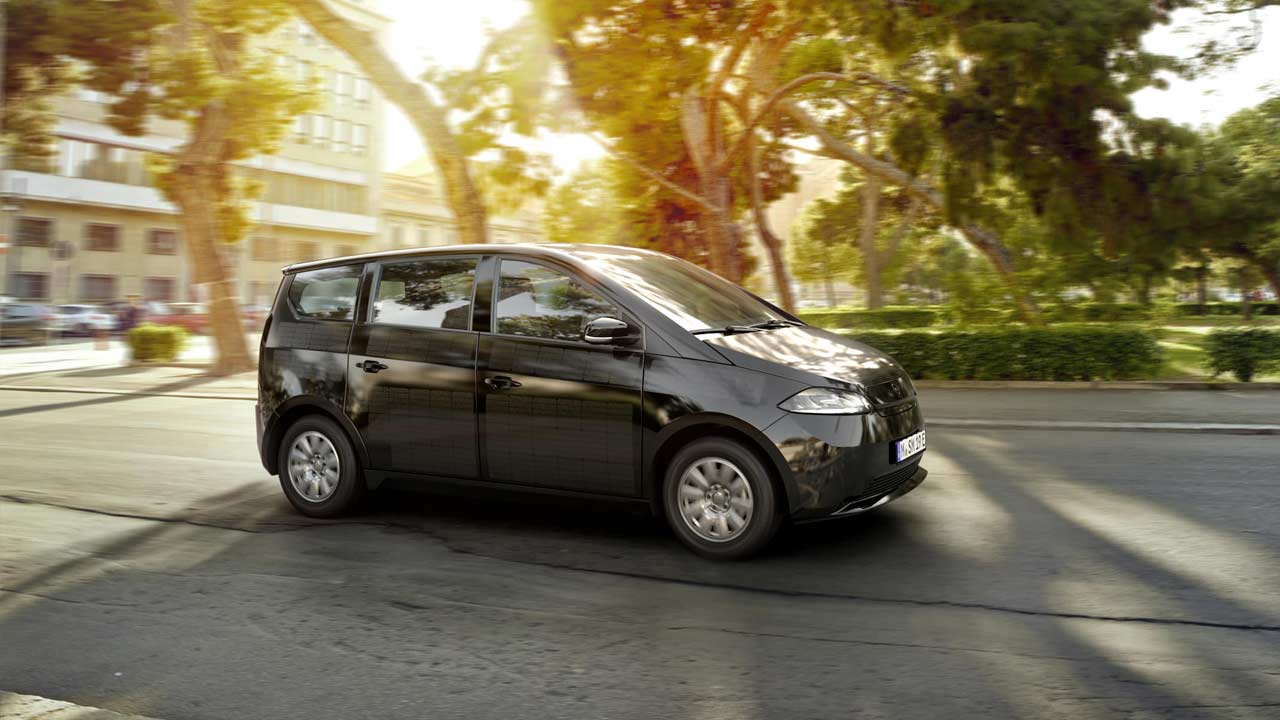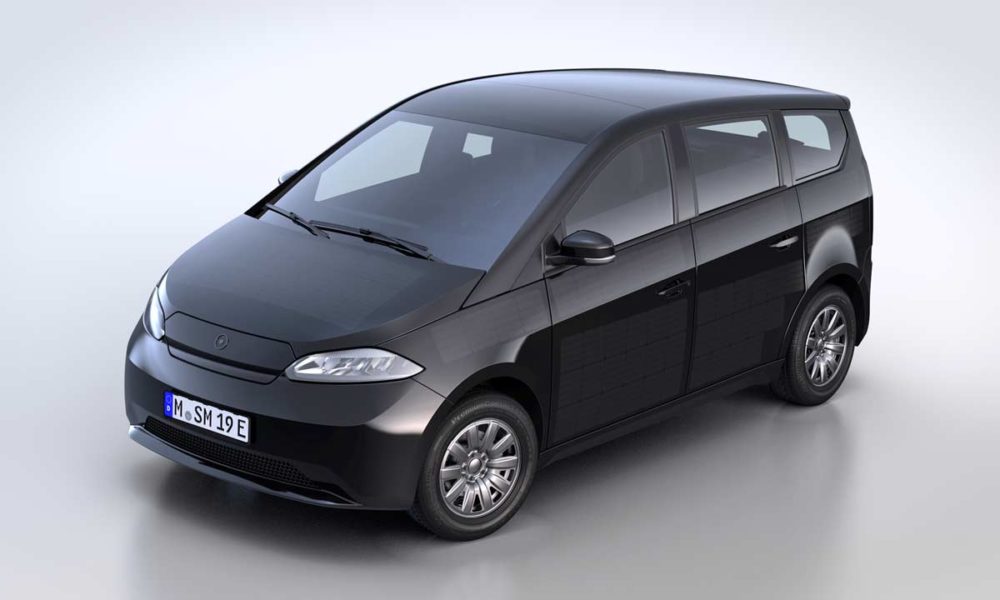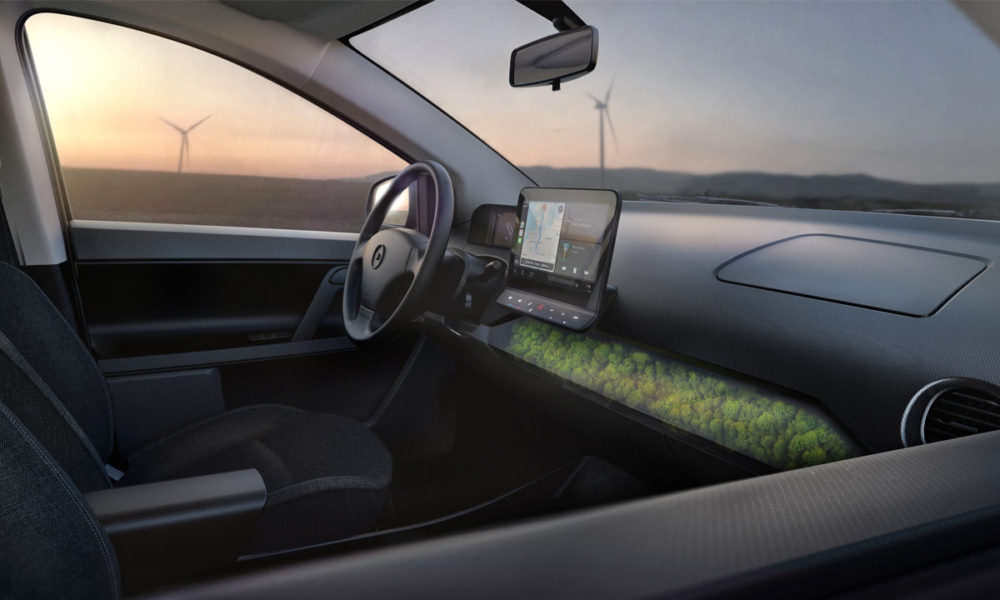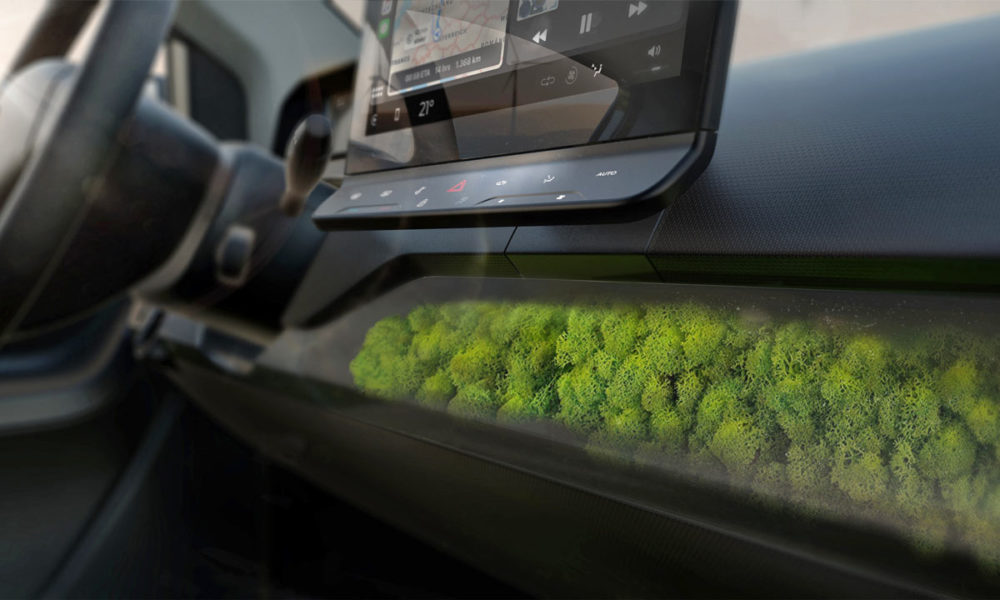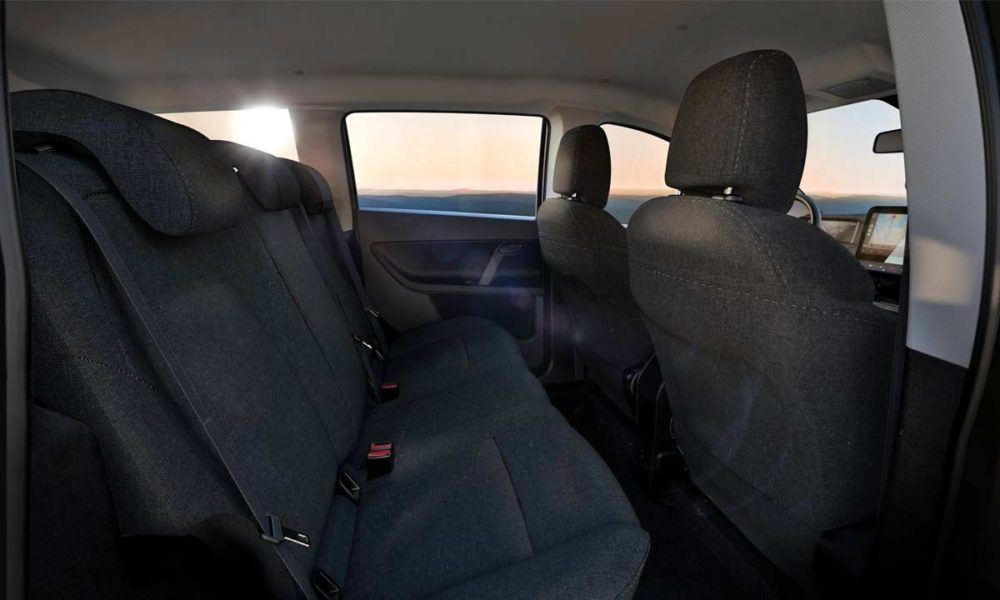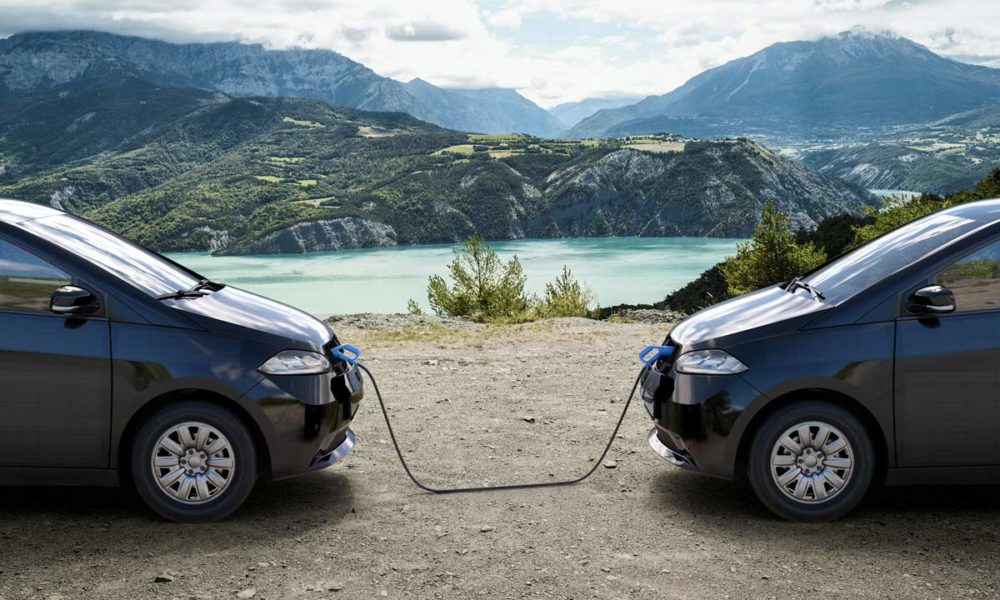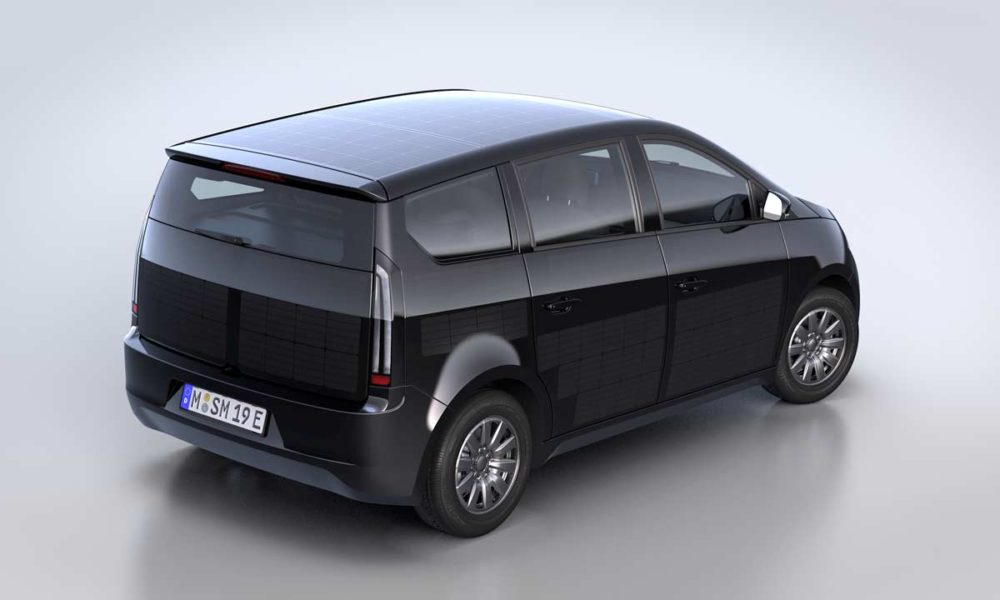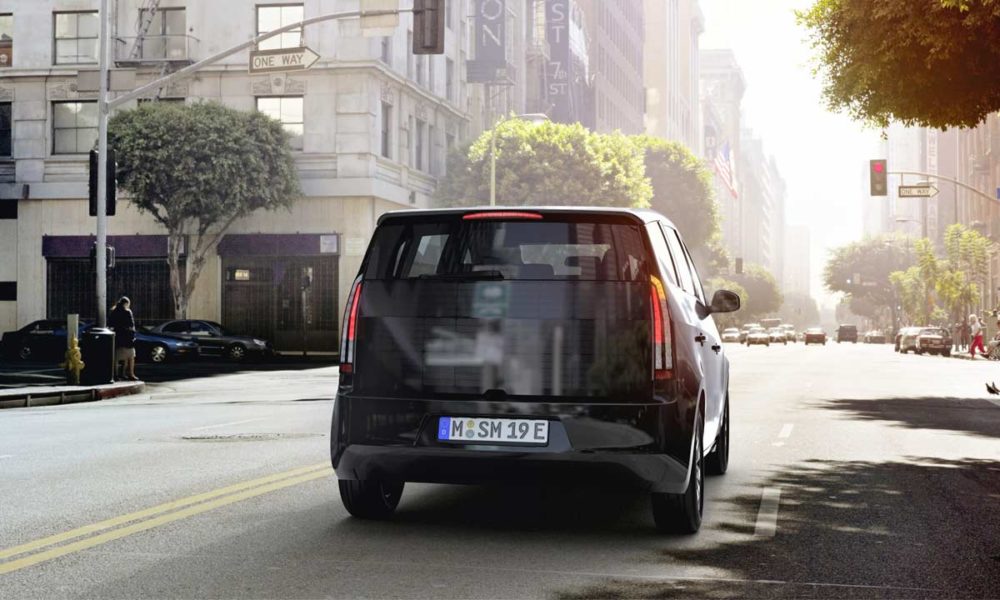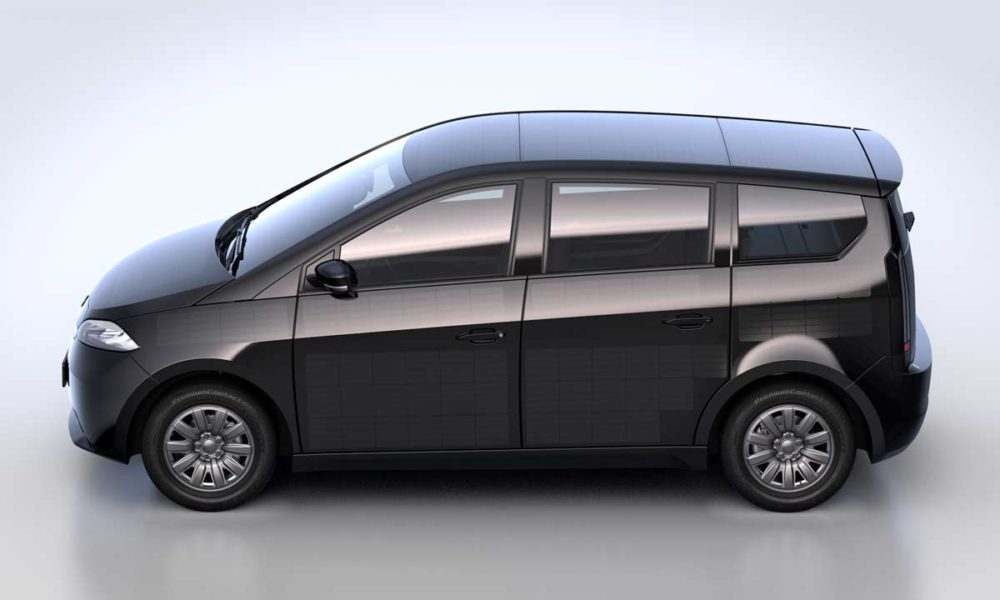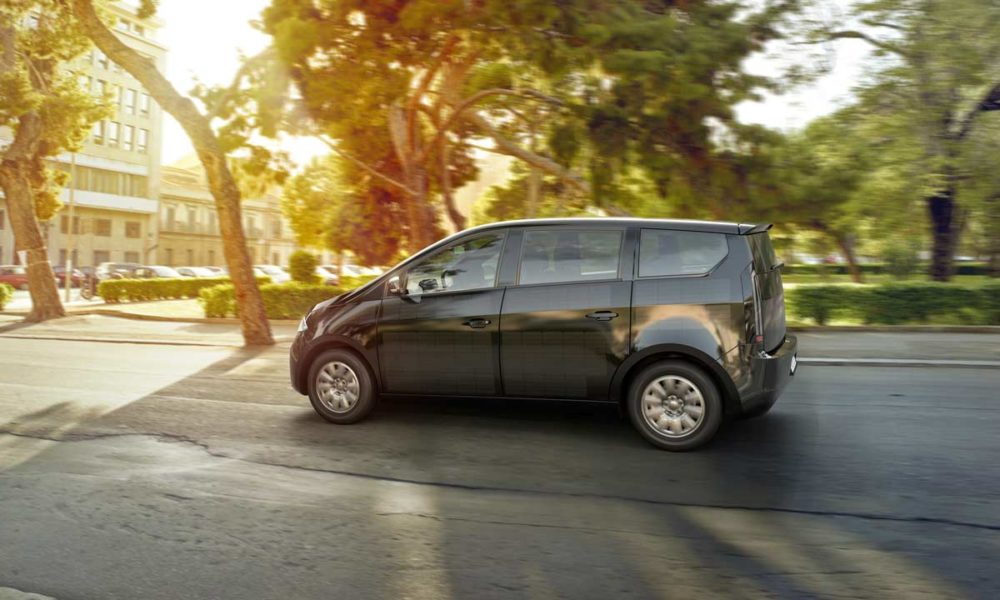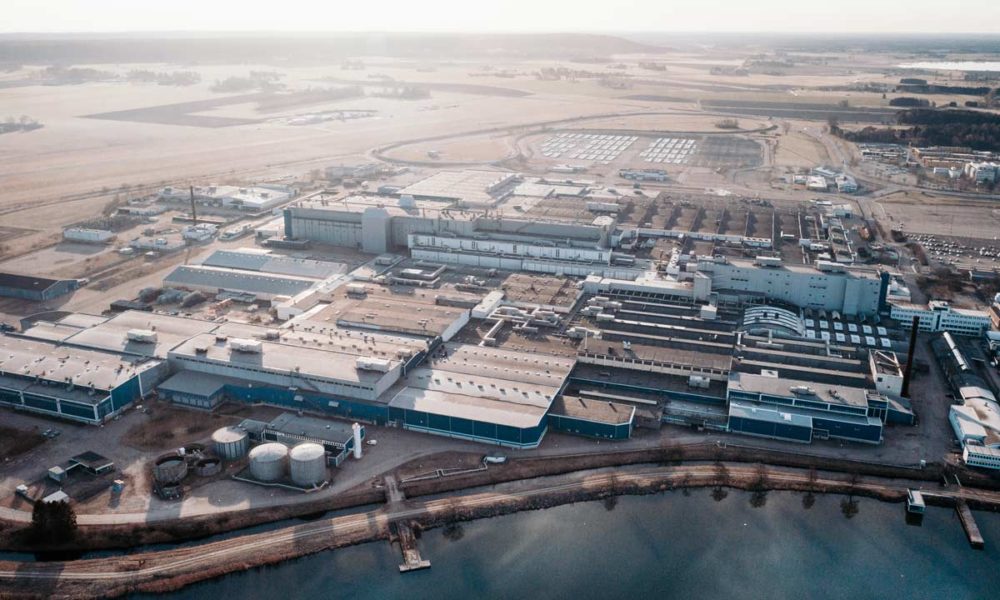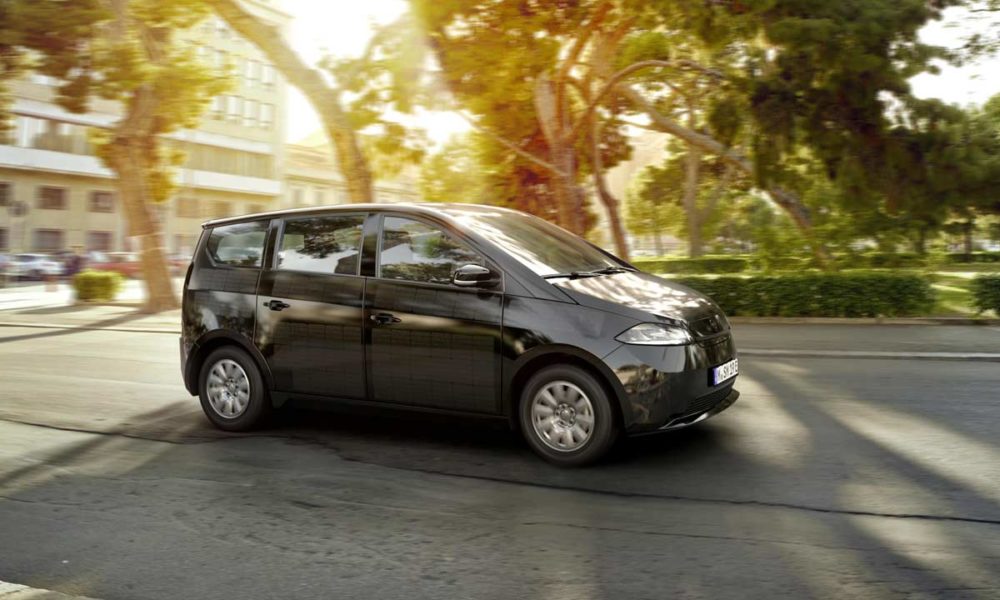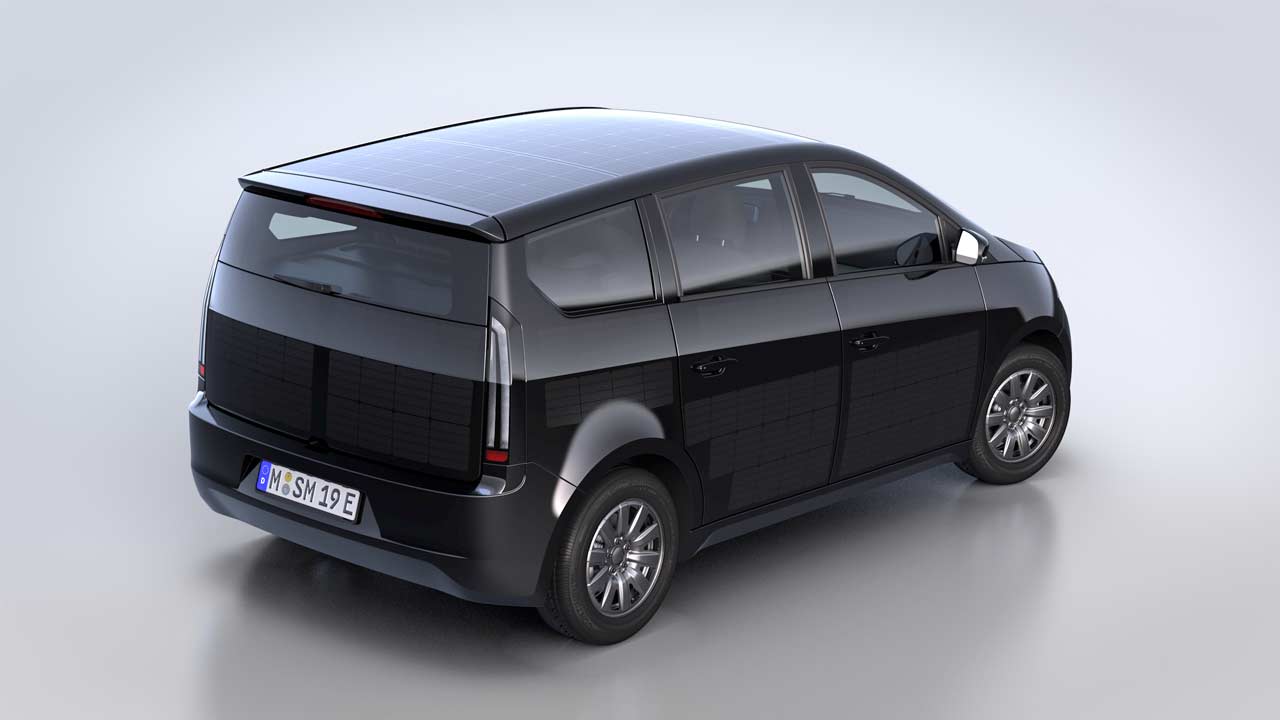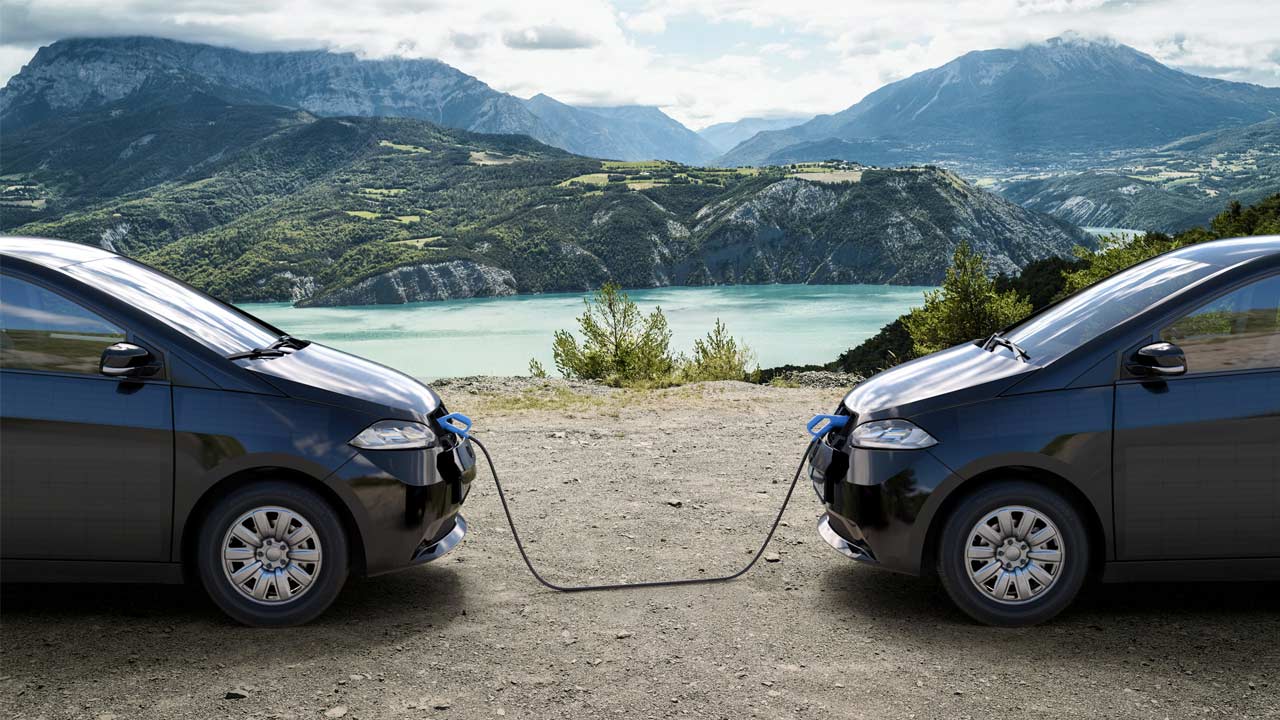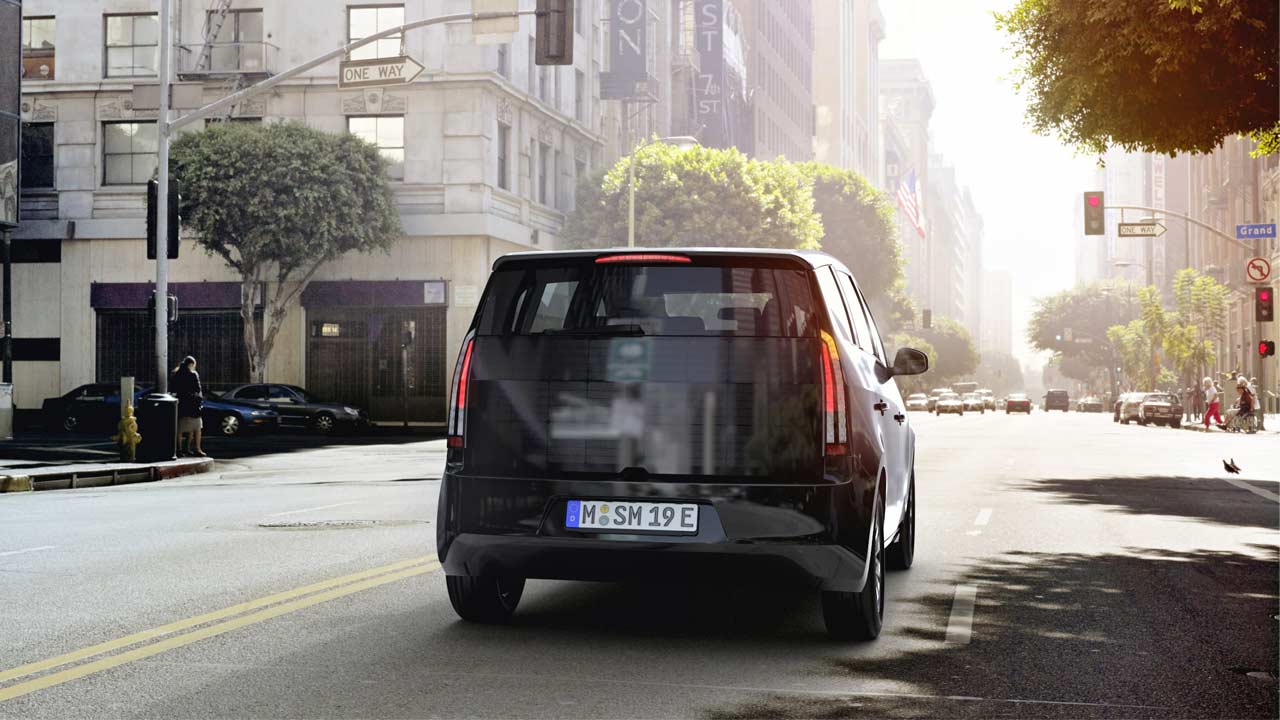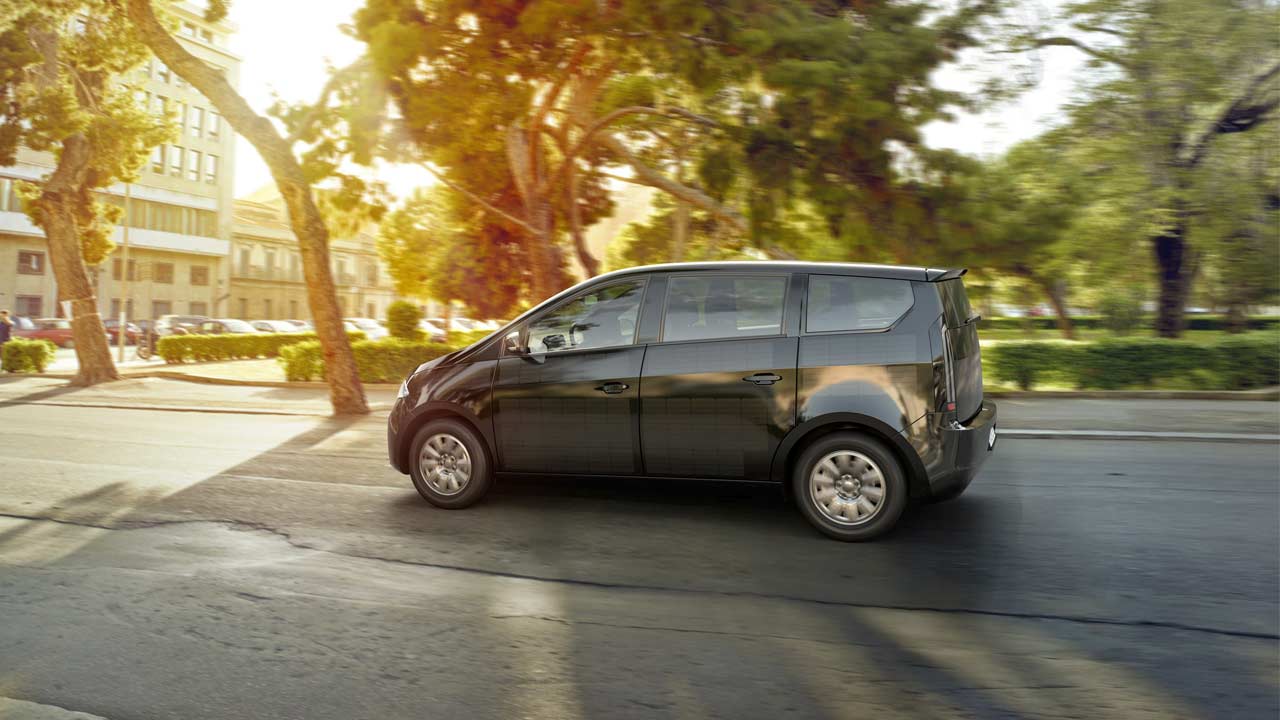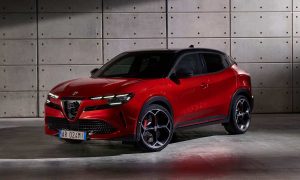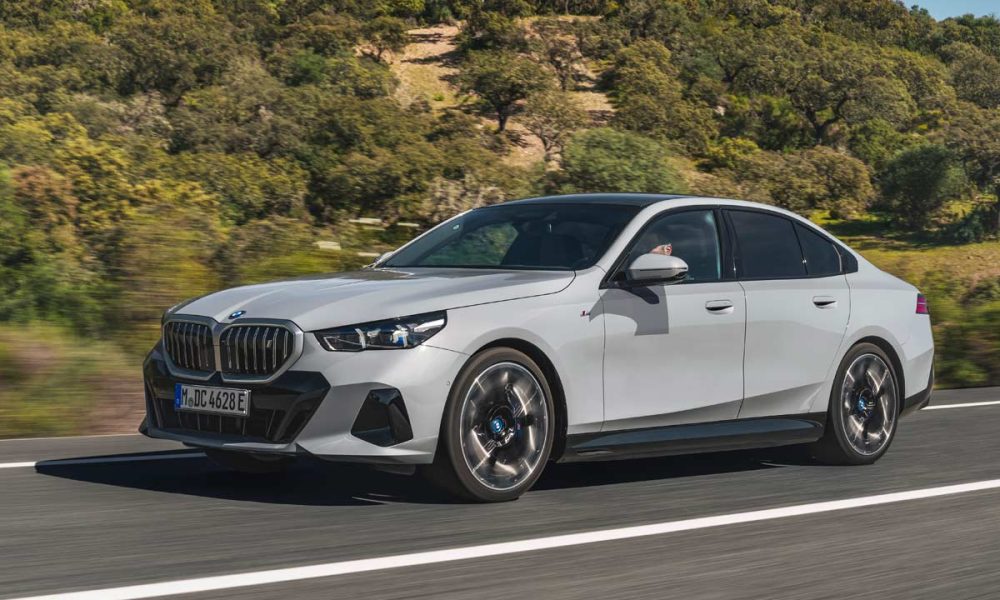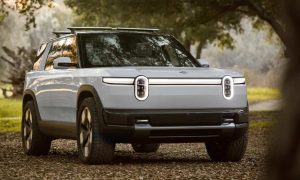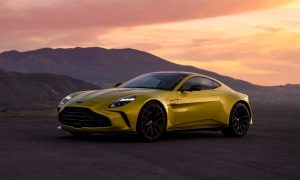Remember the German startup Sono Motors’ Sion Solar Electric Vehicle? Well, the company has revealed the near-production design of the aforementioned 2017 prototype.
The Sion now has a typical, commercial MPV shape, most likely due to the fact that Sono is planning to make versions for logistics and transport, and for ride sharing as well. As seen in the prototype, the exterior of the vehicle features solar cells integrated into the surface, which are claimed to generate up to 34 km (21 mi) of additional range under ideal conditions.
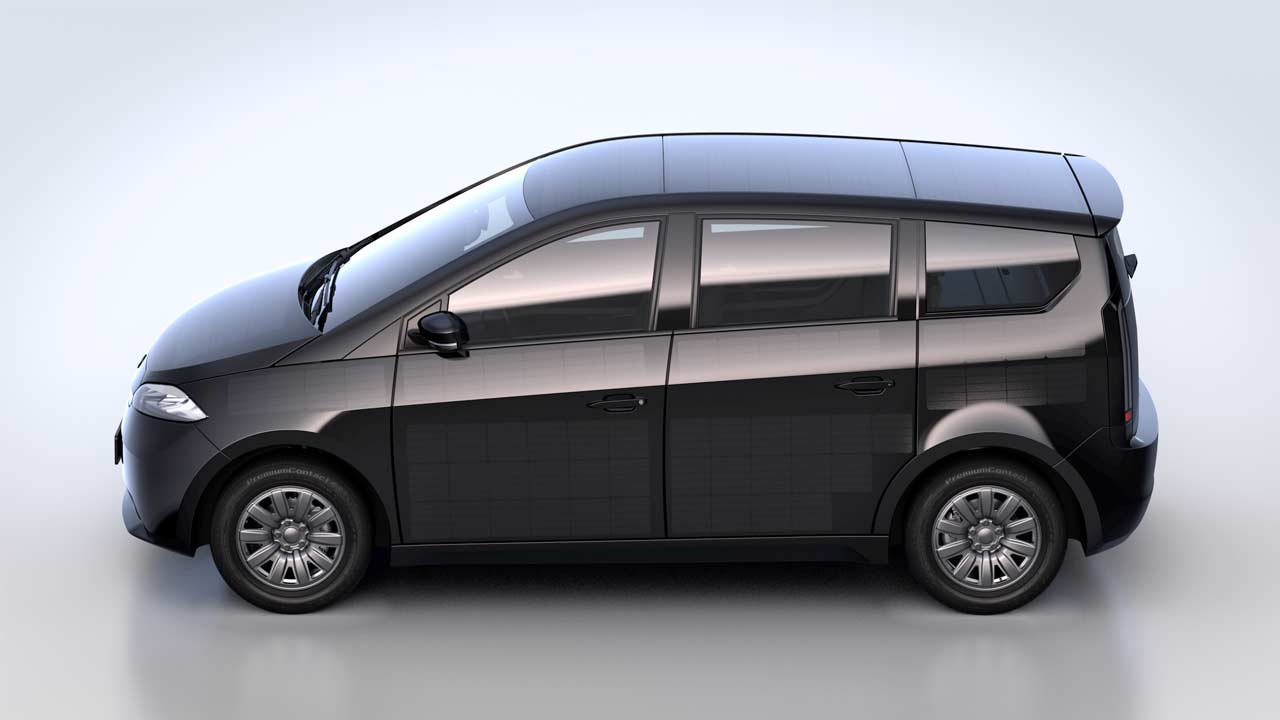
The hood, fenders, sides, roof, and rear of the vehicle carry solar cells that are flush with the bodywork. The system is protected by a scratch-resistant polymer. Sion says that the monocrystalline silicon cells can produce energy even under cloudy skies or in the shade. At peak performance, the integrated cells can generate up to 1.2 kW.
3 years of work in 3 seconds 😉https://t.co/MlhvSMJ9FC #SonoMotors #Sion #drivenbythesun #ElectricVehicles #emobility #solarcar pic.twitter.com/8yCidnMdWF
— Sono Motors (@SonoMotors) March 6, 2019
The Sion is built on an aluminum Space Frame. The MPV measures 4,290 mm in length, 2,100 mm in width (including mirrors), and 1,670 mm in height. Wheelbase measures 2,770 mm and ground clearance is at 165 mm. Download the preliminary information sheet here.
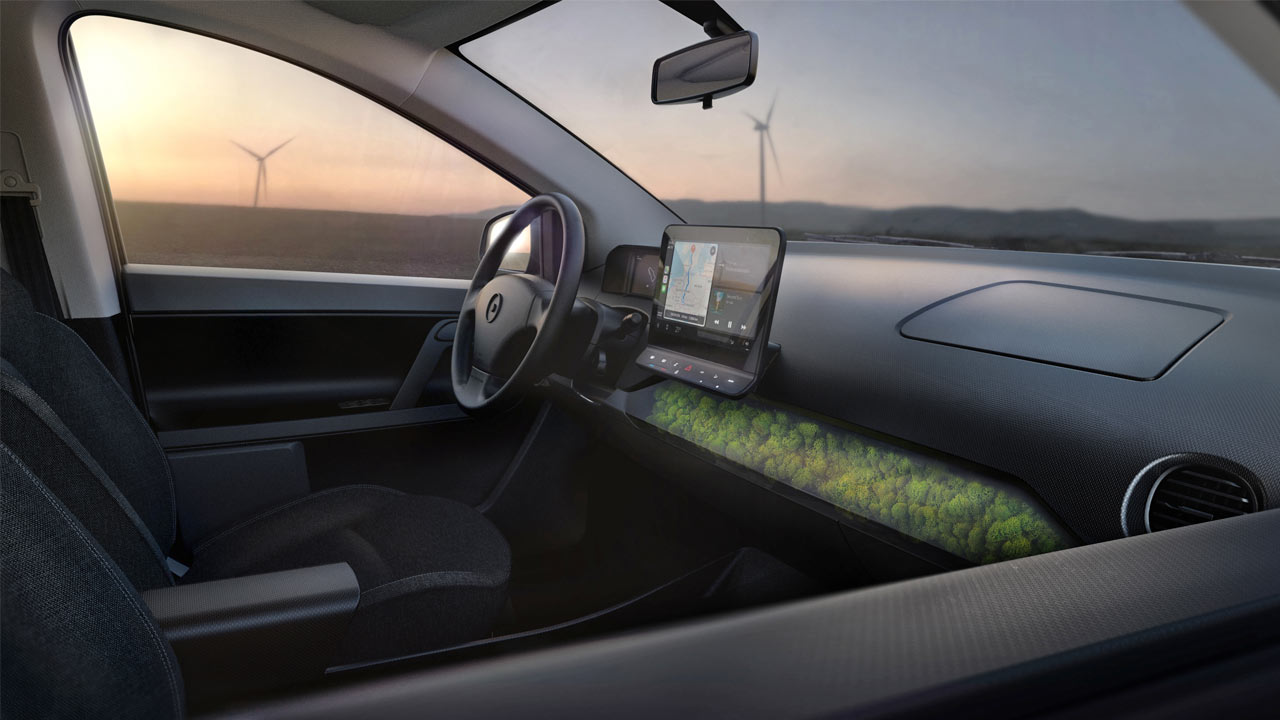
The interior layout looks simple and minimal with a 10-inch floating touchscreen infotainment system occupying the centre of the dashboard. Other features include Android Auto & Apple CarPlay compatibility, a 7-inch driver display, 4 speakers, single-zone automatic climate control, heated front seats, cruise control, and safety features such as airbags (driver, passenger and side), ABS, ESP, traction control, and rear seat occupant detection.
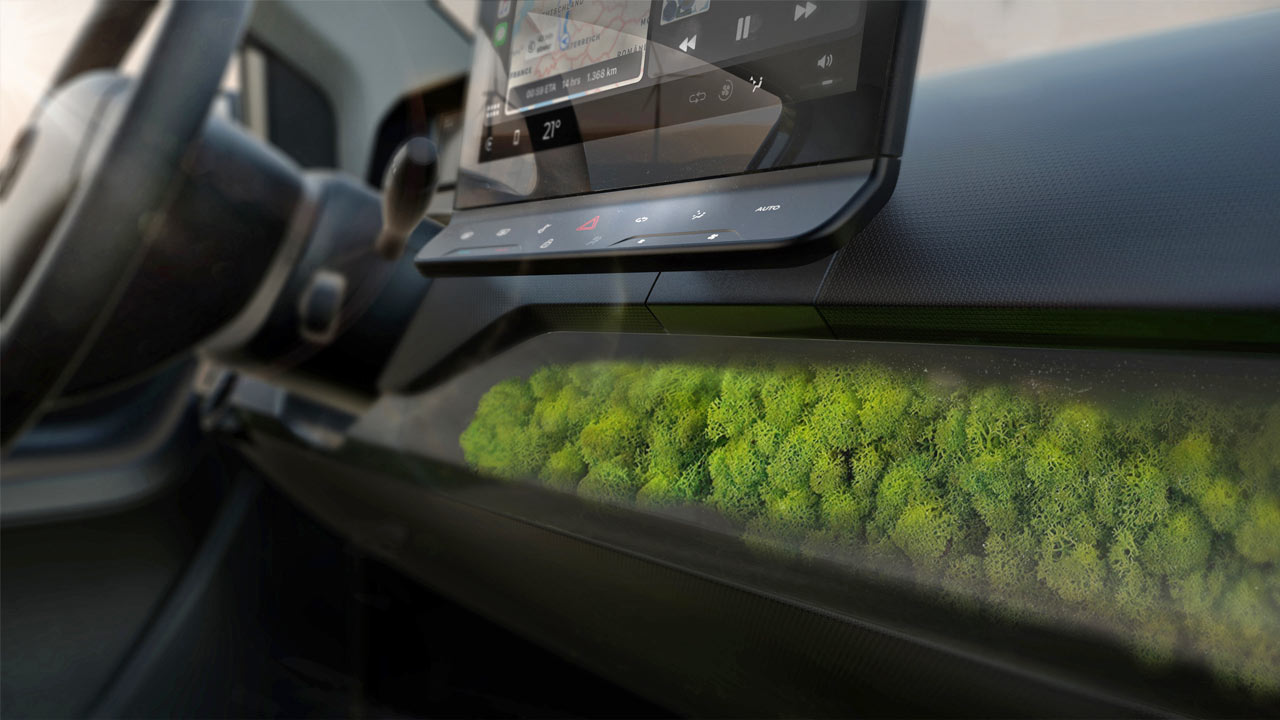
As shown in the prototype, the dashboard features a panel with moss plants, dubbed as breSono air filter system. It is claimed to improve the interior climate and reduce particulate pollution.
The avoidance of redundant luxury in the interior equipment and the cost savings through sharing favor the willingness to share the Sion. Thus the vehicle owners and sharing users actively contribute to the improvement of our climate. – Roberto Diesel, CTO, Sono Motors
An app allows people to share the vehicle itself, rides, and—thanks to a bidirectional charging function—also energy.
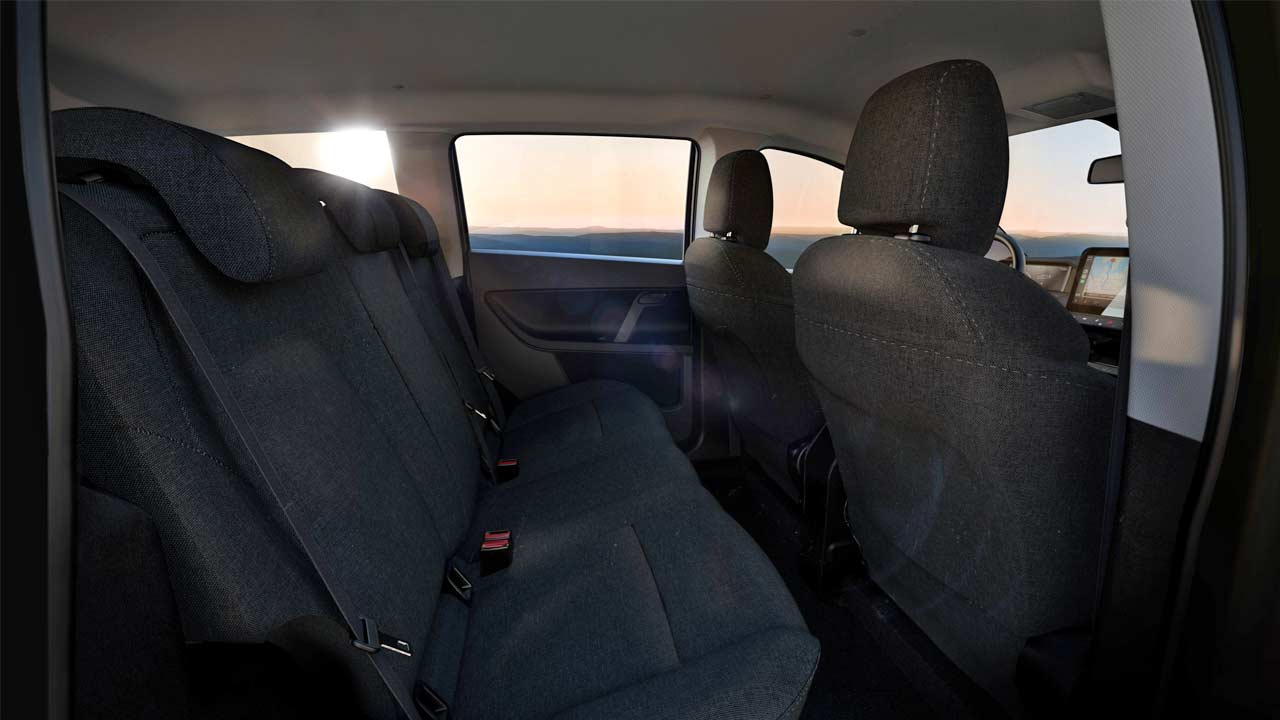
The rear seats fold in 60:40 split and when folded down, the luggage space is 1,250 litres, which otherwise would be 650 litres. As Diesel says, there’s not much to talk about the features in the rear.
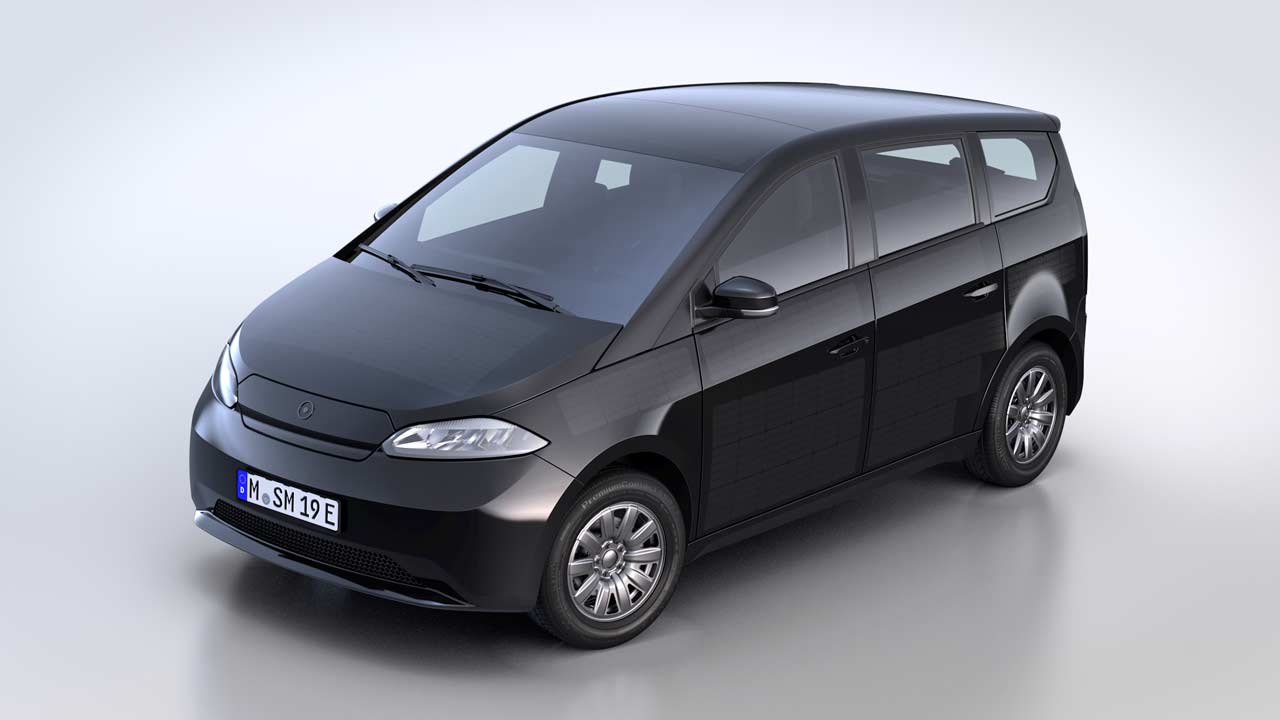
Powering the Sion is an electric motor on the front axle which produces 120 kW (163 metric hp) and 270 Nm (199 lb-ft) of torque. A floor-mounted 35 kWh lithium-ion battery is good for a range of up to 255 km (158 mi) as per WLTP. The Sion has a top speed of 140 km/h (87 mph).
The MPV is capable of SchuKo (European Household Plug), Type 2 and CCS charging methods. With CCS, up to 80% charge can be achieved in 30 minutes, apparently.
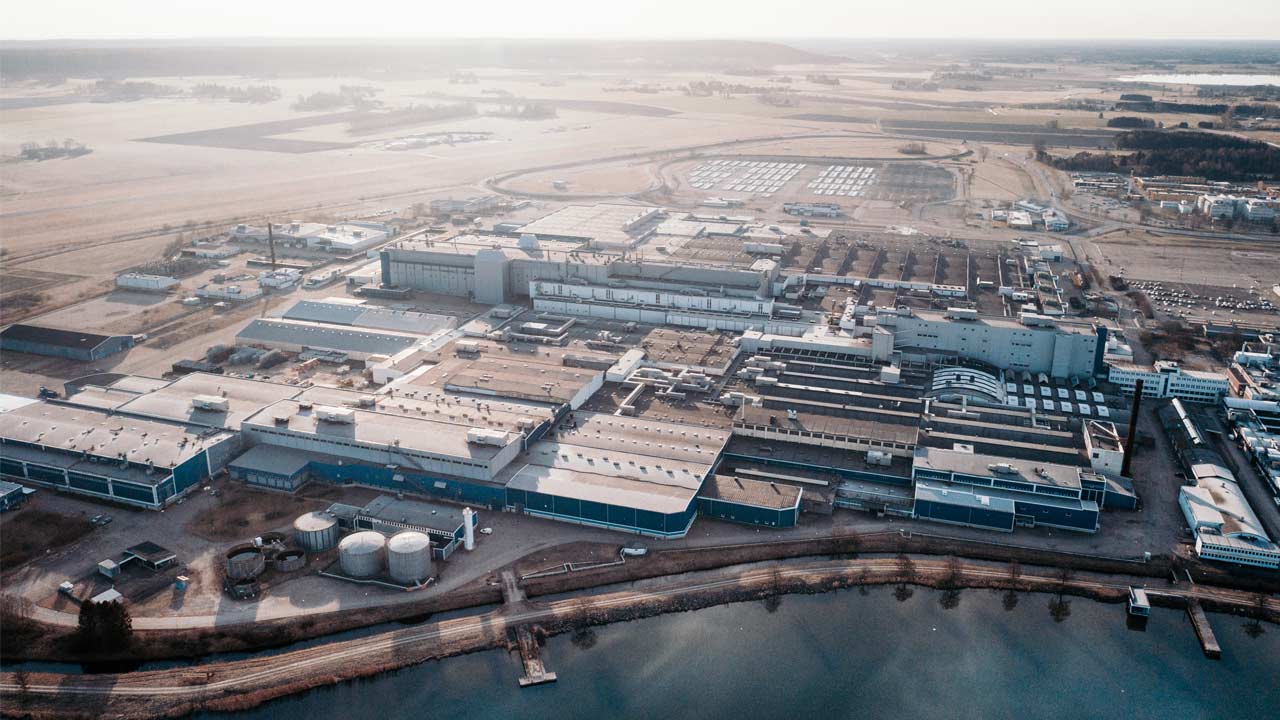
Sono Motors is planning to produce the Sion at National Electric Vehicle Sweden (NEVS)’s plant in Trollhättan, Sweden. The plant once belonged to SAAB. Production is expected to commence in the second half of 2020, and each unit is expected to cost €25,000 when it goes on sale.

Leave a Reply
Note: Comments that are unrelated to the post above get automatically filtered into the trash bin.
